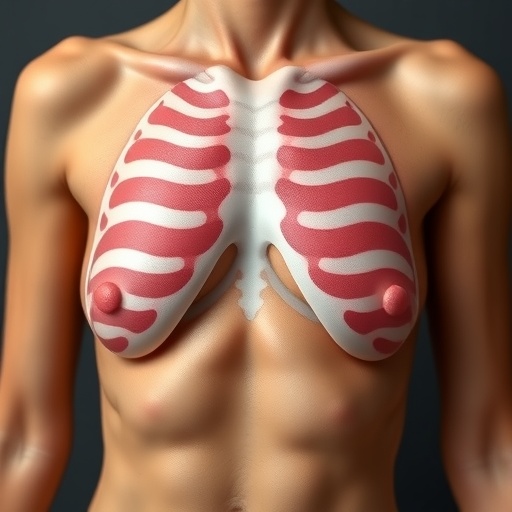CORVALLIS, Ore. – A type of soil-dwelling bacterium produces molecules that induce death in melanoma cells, research at Oregon State University shows.
The molecule is a secondary metabolite, also known as a natural product, of Streptomyces bottropensis, and its properties are important because there are not many therapies that effectively manage melanoma, the most dangerous form of skin cancer.
In the U.S. alone, more than 80,000 new melanoma cases are diagnosed each year and about 9,000 melanoma patients die. Men are more likely than women to develop melanoma; the death rate varies by race and ethnicity and is highest among white people.
Sandra Loesgen, assistant professor of chemistry and Terence Bradshaw, a scholar in OSU's College of Science, postdoctoral scholar Birte Plitzko and graduate student Elizabeth Kaweesa found that the natural product, mensacarcin, goes after melanoma cells' mitochondria – the part of a cell that creates most of the energy needed for life.
Mitochondria are also important in cell death signaling, and they have emerged as a potential target for therapy because cancer cell mitochondria are structurally and functionally different from mitochondria of non-cancerous cells.
"Mensacarcin has potent anticancer activity, with selectivity against melanoma cells," Loesgen said. "It shows powerful anti-proliferative effects in all tested cancer cell lines in the U.S. Cancer Institute's cell line panel, but inhibition of cell growth is accompanied by fast progression into cell death in only a small number of cell lines, such as melanoma cells."
To see what mensacarcin was doing to melanoma on a subcellular level, Loesgen and her team synthesized a fluorescent mensacarcin probe.
"The probe was localized to mitochondria within 20 minutes of treatment," she said. "The localization together with mensacarcin's unusual metabolic effects in melanoma cells provide evidence that mensacarcin targets mitochondria."
Live-cell bioenergetic flux analysis showed mensacarcin disturbed energy production and mitochondrial function rapidly.
"Its unique mode of action suggests it may be a useful probe for examining energy metabolism," she added. "Subsequent experiments revealed that mensacarcin rapidly alters mitochondrial pathways, resulting in mitochondrial dysfunction."
The dysfunction activates pathways to apoptosis – programmed cell death.
"Flow cytometry identified a large population of apoptotic melanoma cells, and single-cell electrophoresis indicated that mensacarcin causes genetic instability, a hallmark of early apoptosis," Loesgen said. "Mensacarcin's unique mode of action indicates it might represent a promising lead for the development of new anticancer drugs."
Findings were published recently in the Journal of Biological Chemistry.
Mensacarcin is a highly oxidized and stereogenic complex molecule that can be obtained in large amounts from its producing organism.
Natural product discoveries have contributed to many new drug leads. Loesgen points to a recent analysis of new medicines approved by the United States Food and Drug Administration between 1981 and 2014 that showed about half of all small-molecule pharmaceuticals were based on natural products or their derivatives.
###
Media Contact
Sandra Loesgen
[email protected]
541-737-1690
@oregonstatenews
http://oregonstate.edu/
http://bit.ly/2Cq2r7a
Related Journal Article
http://dx.doi.org/10.1074/jbc.M116.774836




